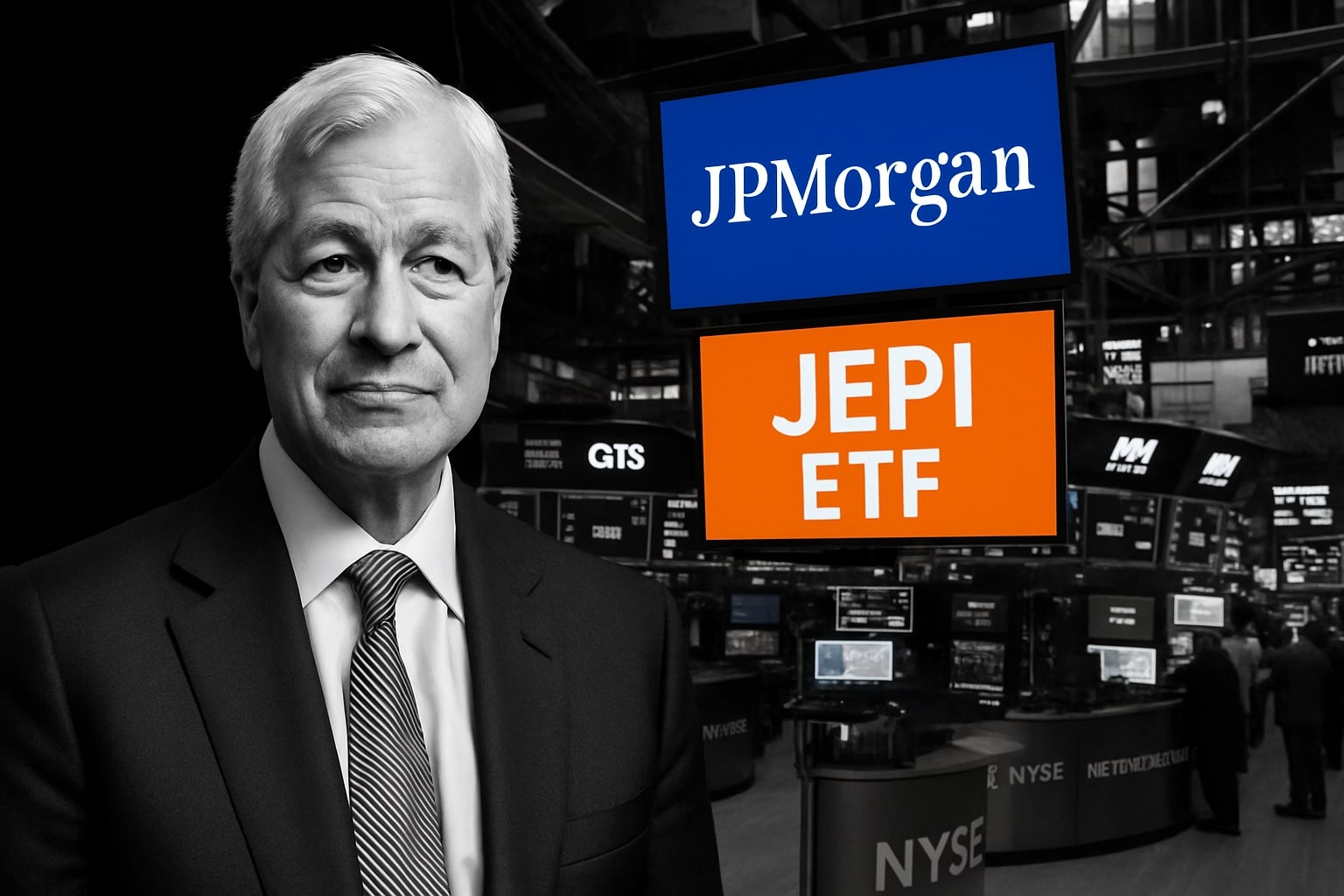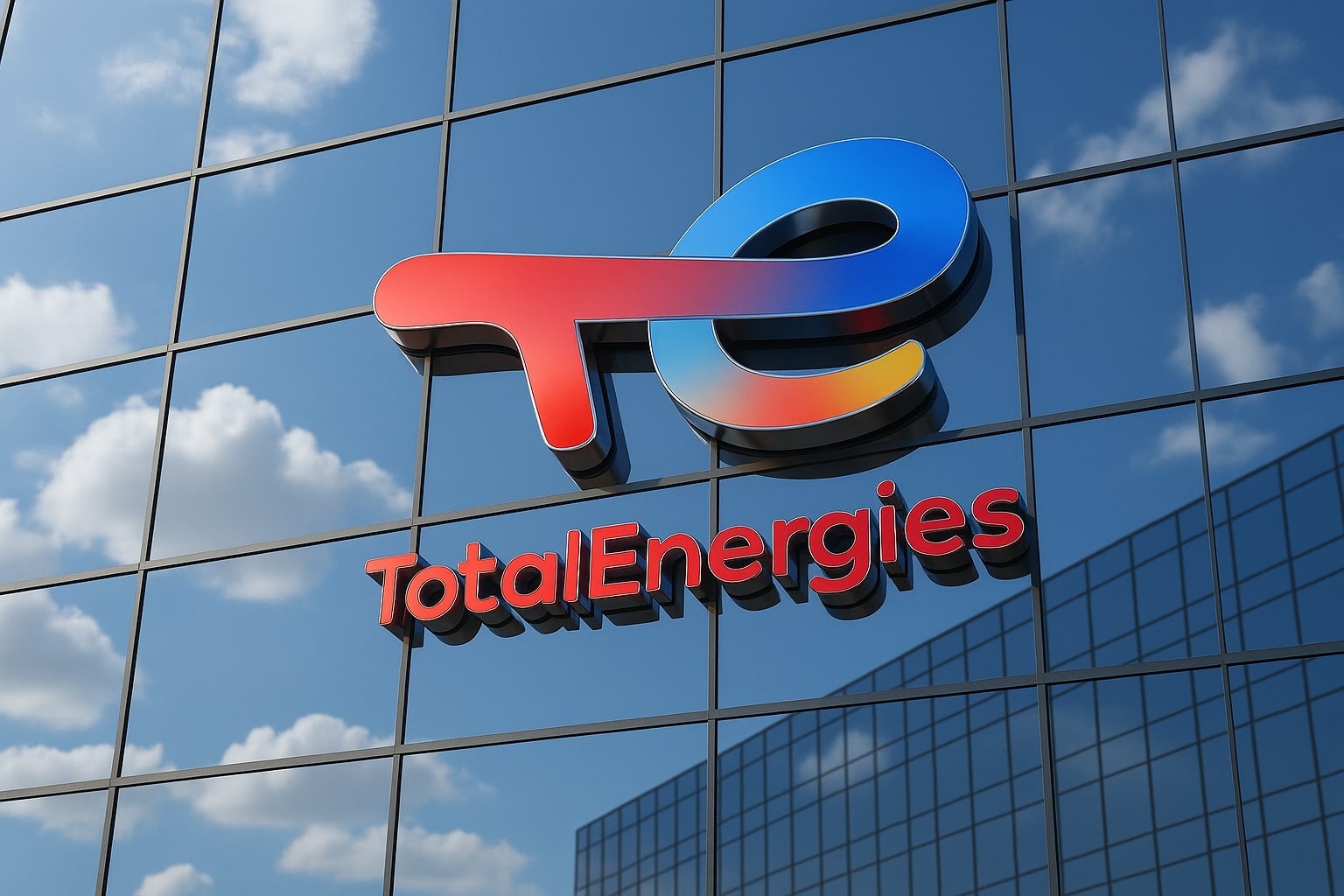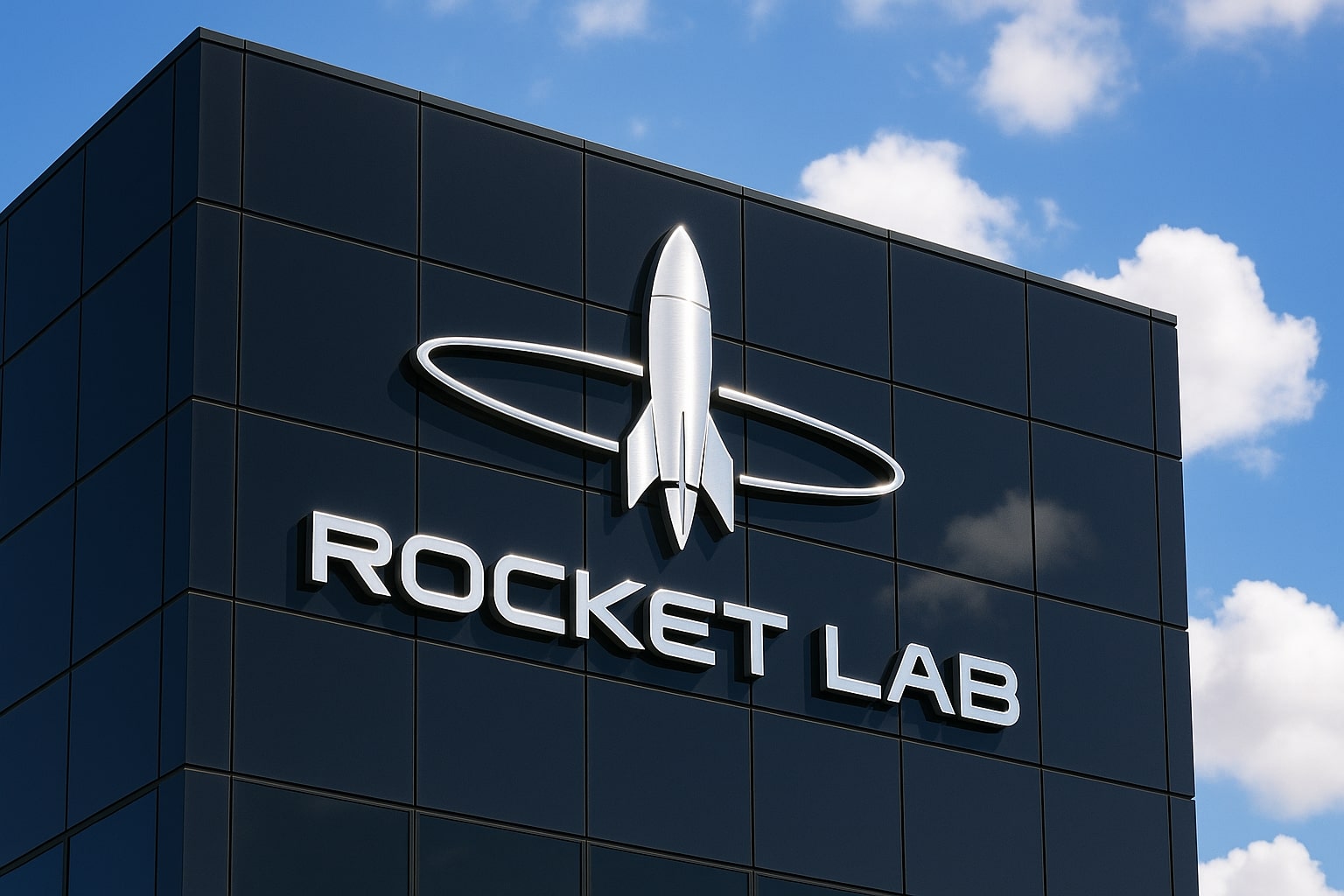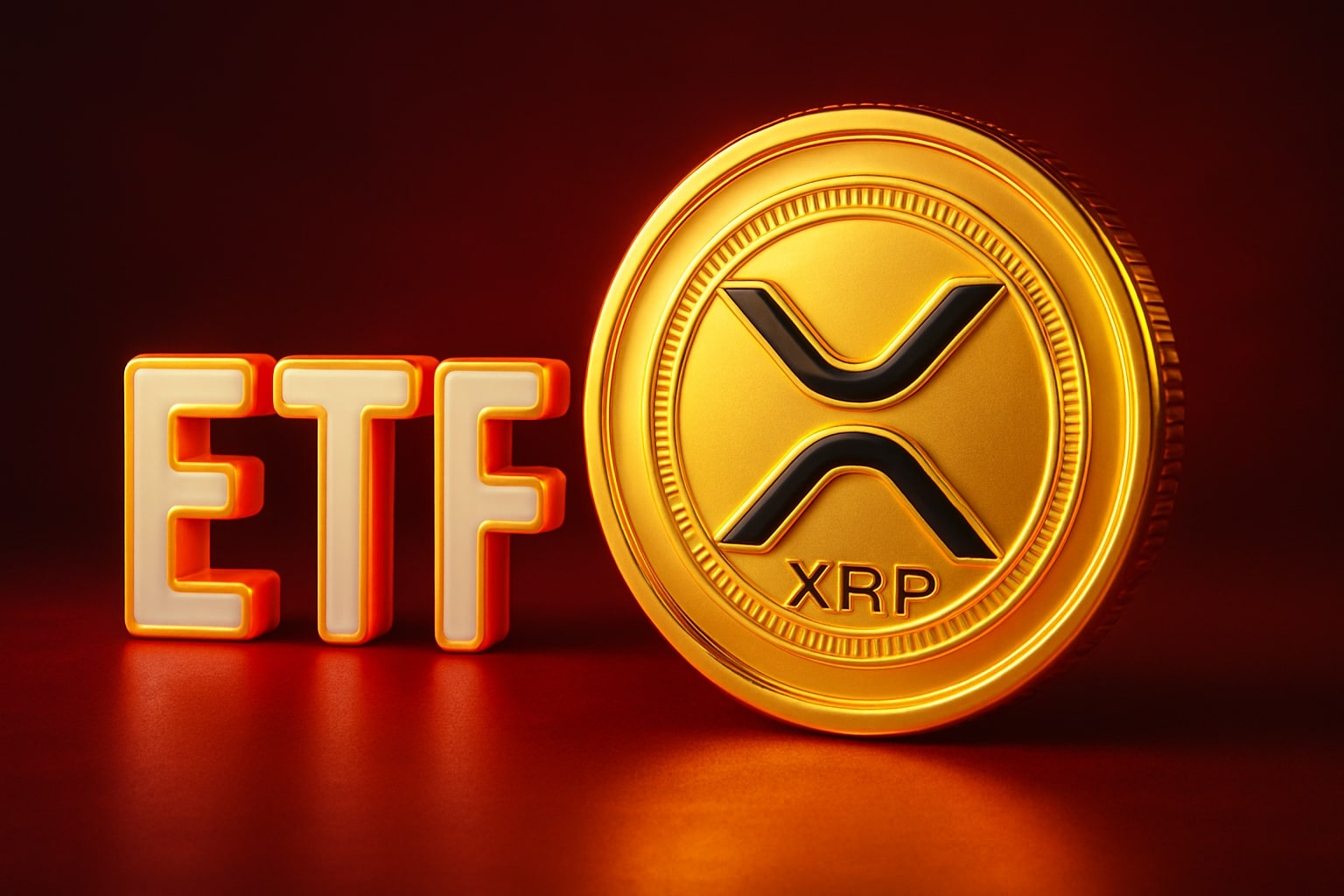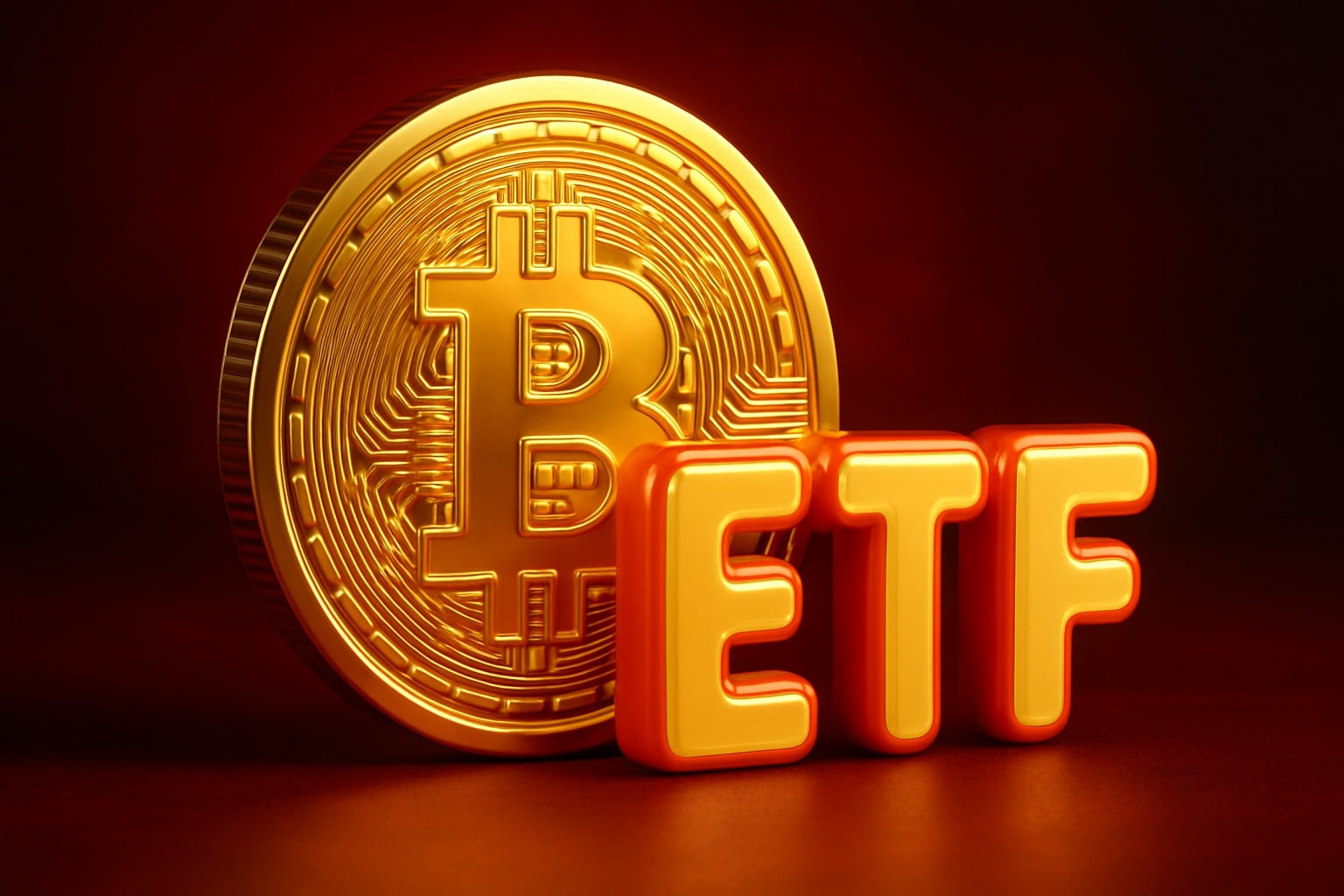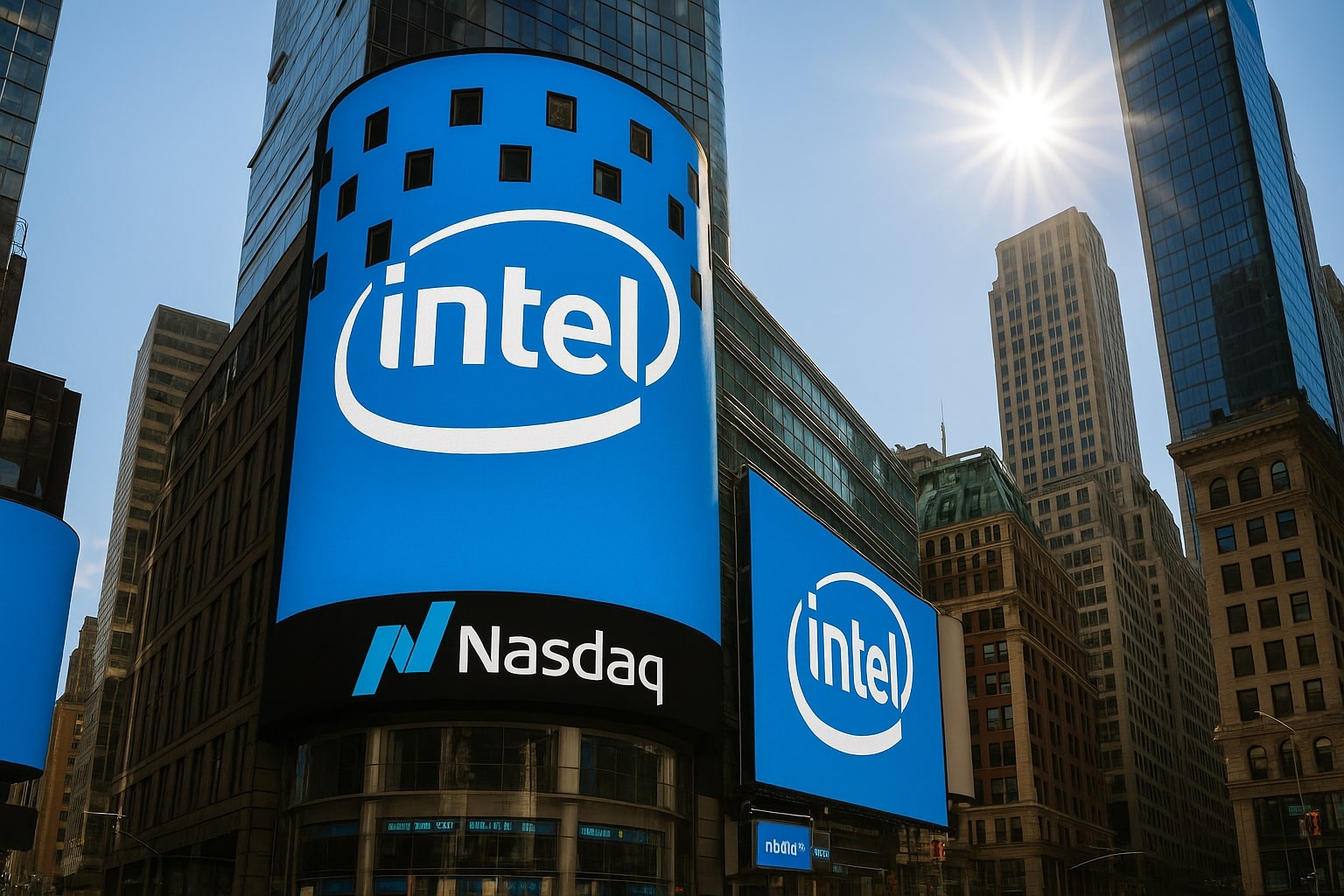
Intel Stock Price Forecast - INTC Prepares for Pivotal Earnings as U.S. Stake and Nvidia Alliance Redefine the Chipmaker’s Future
After a historic 90% rally, Intel’s turnaround meets its biggest test yet—Q3 earnings, strategic partnerships, and foundry performance will decide if the momentum is built on fundamentals or faith | That's TradingNEWS
Intel Stock Price Forecast - INTC Enters Earnings Week With a 90% Rally and $177 Billion Market Cap
Intel Corporation (NASDAQ:INTC) trades at $37.99, down 0.28% intraday, but still up 90% year-to-date, marking one of the most dramatic comebacks among U.S. chipmakers in 2025. With a market capitalization of $177.35 billion and a 52-week range between $17.67 and $39.65, the stock is sitting just below its yearly peak as traders brace for Thursday’s Q3 2025 earnings. Options data indicate an implied 10% swing in either direction, pointing to an exceptionally volatile post-report reaction. Intel’s current balance sheet highlights $21.21 billion in cash, $192.52 billion in assets, and $86.77 billion in total liabilities, with a price-to-book ratio of 1.7—showing that the equity market is finally rewarding its structural progress after years of underperformance.
Strategic Capital Surge: Nvidia, SoftBank, and the U.S. Government Fuel Intel’s Resurgence
This quarter represents a new phase for Intel, as its investor base now includes the U.S. government (10% stake), Nvidia (NASDAQ:NVDA) with a $5 billion investment, and SoftBank contributing $2 billion toward AI innovation. The combined influx, alongside the $8.9 billion CHIPS Act grant, provides Intel with unprecedented liquidity—over $47 billion in fresh capital raised in 2025. These funds are aimed at strengthening domestic semiconductor manufacturing and accelerating Intel’s foundry modernization in Ohio, Arizona, and Oregon. The Nvidia alliance focuses on co-developing next-generation AI and data center chips, a collaboration projected to yield up to $50 billion in annual revenue potential across both companies in the coming years. The move positions Intel as not just a recovering player but as a critical strategic hub for U.S. tech sovereignty.
Core Financials Highlight Fragility Beneath the Turnaround Narrative
Despite the high-profile partnerships, the underlying fundamentals remain challenged. In Q2 2025, Intel posted $12.86 billion in revenue, a modest 0.2% year-over-year increase, but reported a net loss of $2.92 billion, representing an 81% decline from the prior year. Operating expenses fell 13.3% to $4.83 billion, indicating progress in cost control, yet margins remain under pressure with a -22.7% net profit margin. The EPS stood at -$0.10, reflecting a 600% deterioration from last year’s $0.02 gain. EBITDA, however, surged 63% to $2.52 billion, signaling early signs of efficiency gains from restructuring and divestitures. Analysts forecast Q3 EPS between -$0.02 and +$0.04, with revenue expectations in the $12.7–$13.2 billion range, suggesting a stagnant top line as the company transitions its product mix.
Foundry Turnaround and AI Infrastructure at the Center of Investor Focus
The upcoming earnings call will be the first major test of Intel’s foundry narrative. The government stake has made Intel’s Intel Foundry Services (IFS) the centerpiece of the U.S. semiconductor reshoring plan, but profitability remains elusive. Investors are seeking proof that the massive public-private capital infusion translates into tangible output. Partnerships with Microsoft (NASDAQ:MSFT), Amazon (NASDAQ:AMZN), and the U.S. Defense Department add strategic credibility, yet execution risk remains high. Intel’s partnership with Exostellar underscores this transformation, integrating AI orchestration, multi-cluster management, and Gaudi 3 accelerators to improve data center efficiency. The Intel Gaudi 3 AI accelerator, powered by scalable Ethernet networking and open-source architecture, represents the company’s bid to reclaim leadership in enterprise AI workloads currently dominated by Nvidia and AMD.
AI and Data Center Growth Anchored by New Product Lines
Intel’s Data Center and AI Group (DCAI) remains a critical revenue driver, with projections of $4.08 billion for Q3 2025, up from $3.96 billion in the prior year. The deployment of Intel Xeon 6 processors—featuring Performance-cores (P-Cores)—has boosted computational throughput by up to 2x in AI workloads, delivering competitive total cost of ownership against rivals. The launch of the Intel Core Ultra 200V processors and AI Boost NPU also expanded Intel’s AI PC ecosystem. These chips, used in the world’s first fully rugged Copilot+ tablet (F120), demonstrate the company’s shift toward edge AI computing. The new line blends CPU, GPU, and NPU capabilities under a unified framework—crucial for future Copilot and Windows AI PC architectures that depend on on-device inference.
Read More
-
JEPI ETF Edges to $57.11 as Yield Holds Above 8% and Covered-Call Premiums Power Income
11.11.2025 · TradingNEWS ArchiveStocks
-
XRP ETFs Slide — XRPI Down to $14.18 and XRPR to $19.80 as Investors Lock In Gains After Record Run
11.11.2025 · TradingNEWS ArchiveCrypto
-
Natural Gas Price Steadies Near $4.40 as Record U.S. Supply and Weather Volatility Define Market
11.11.2025 · TradingNEWS ArchiveCommodities
-
USD/JPY Price Forecast - Yen Holds Near 154.00 as Yen Slides and Market Awaits Fed-BoJ Policy Shift
11.11.2025 · TradingNEWS ArchiveForex
Institutional Demand Confirms Confidence, But Analyst Targets Signal Caution
Institutional investors now control 64.53% of Intel’s float, signaling regained Wall Street confidence. Recent filings show Jackson Thornton Wealth Management LLC acquired 13,141 shares worth $310,000, alongside LGT Financial Advisors, Stephens Inc., and Sentry Investment Management, all increasing exposure during Q2. Yet, despite the renewed enthusiasm, analyst sentiment remains split. Out of 32 analysts tracked, 2 rate INTC as Buy, 23 as Hold, and 7 as Sell, with a consensus price target of $29.22—roughly 20% below current levels. HSBC maintains a “Reduce” rating with a $24 price target, while Mizuho raised its view to Neutral at $39, aligning closer with current market pricing. This gap between market momentum and analyst caution underscores the fragility of Intel’s turnaround story.
Insider and Governmental Influence on Future Governance
The U.S. government’s near-10% equity position introduces a unique dynamic for Intel’s governance and capital allocation. The CHIPS Act grant mandates domestic production targets and transparency standards uncommon for a private corporation. While this bolsters Intel’s national importance, it could constrain flexibility on dividends or buybacks until profitability normalizes. According to the insider transactions report, recent filings show limited insider buying, indicating management remains focused on stabilization rather than opportunistic accumulation. The next earnings call on October 23 at 5 p.m. ET is expected to provide color on foundry performance, capital expenditure pacing, and R&D allocation following the SoftBank and Nvidia partnerships.
Competitive Landscape: Intel Still Playing Catch-Up to AMD, TSM, and Nvidia
Despite strategic progress, Intel’s process technology remains two to three nodes behind Taiwan Semiconductor Manufacturing (NYSE:TSM). Rival Advanced Micro Devices (NASDAQ:AMD) continues to gain share in the data center and gaming segments, while Nvidia’s CUDA ecosystem dominates AI infrastructure. Intel’s challenge lies in bridging the performance gap while cutting manufacturing delays that have haunted its 7nm roadmap. However, the company’s diversification—especially the sale of 51% of its Altera FPGA unit to Silver Lake for $20.4 billion—has improved liquidity and sharpened its operational focus. The deal provides flexibility to reinvest in AI and foundry operations, though it removes a previously profitable division.
Volatility Ahead: Options Data Points to 10% Earnings Reaction
Market positioning ahead of the October 23 report suggests 12% implied volatility, signaling uncertainty on both bullish and bearish fronts. A strong print could push shares toward $42, marking a 52-week high, while a weak showing could drag them back to $32—levels seen before the government partnership was finalized. Over the past four quarters, Intel’s post-earnings moves have averaged 6.5%, with the last positive reaction occurring in Q3 2024 when management highlighted “solid progress” on cost control. With short interest still near 2.3% of float, traders are bracing for sharp two-way swings based on Q4 guidance and capex commentary.
Outlook: A Pivotal Moment That Will Define the Turnaround Narrative
Intel’s financial momentum remains constrained by heavy investment cycles, yet the strategic optics are transforming the brand. The foundry expansion, AI collaborations, and U.S. government backing collectively rebuild Intel’s geopolitical relevance in a market dominated by Asia-based producers. Whether these factors translate into earnings recovery depends on execution speed and cost management through 2026. The upcoming earnings report will not just measure Intel’s quarter—it will measure the credibility of its comeback story.
Verdict: Hold. At $37.99, Intel (NASDAQ:INTC) reflects optimism ahead of results but lacks fundamental confirmation. While long-term positioning remains promising due to AI integration and public-private support, near-term downside risk persists given weak profitability, negative EPS, and cautious analyst outlooks. Investors should wait for post-earnings clarity before increasing exposure.














